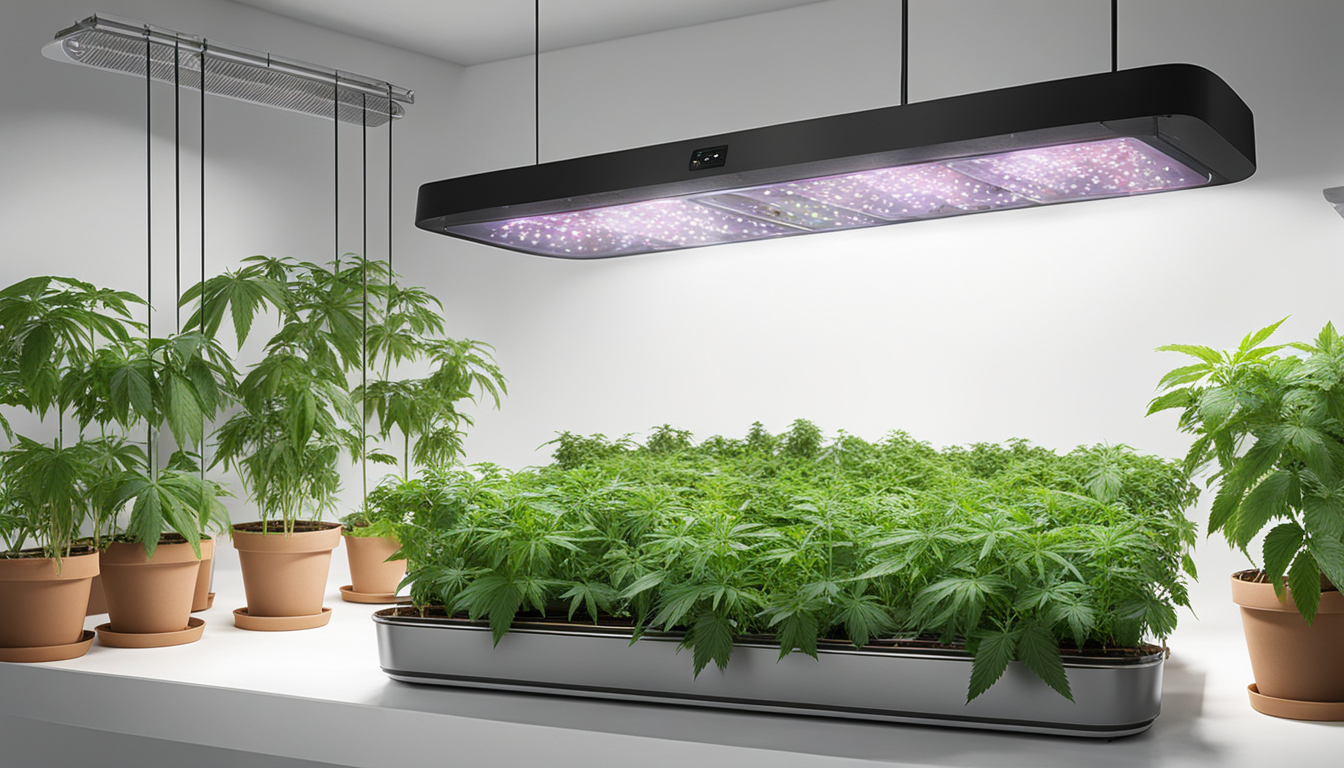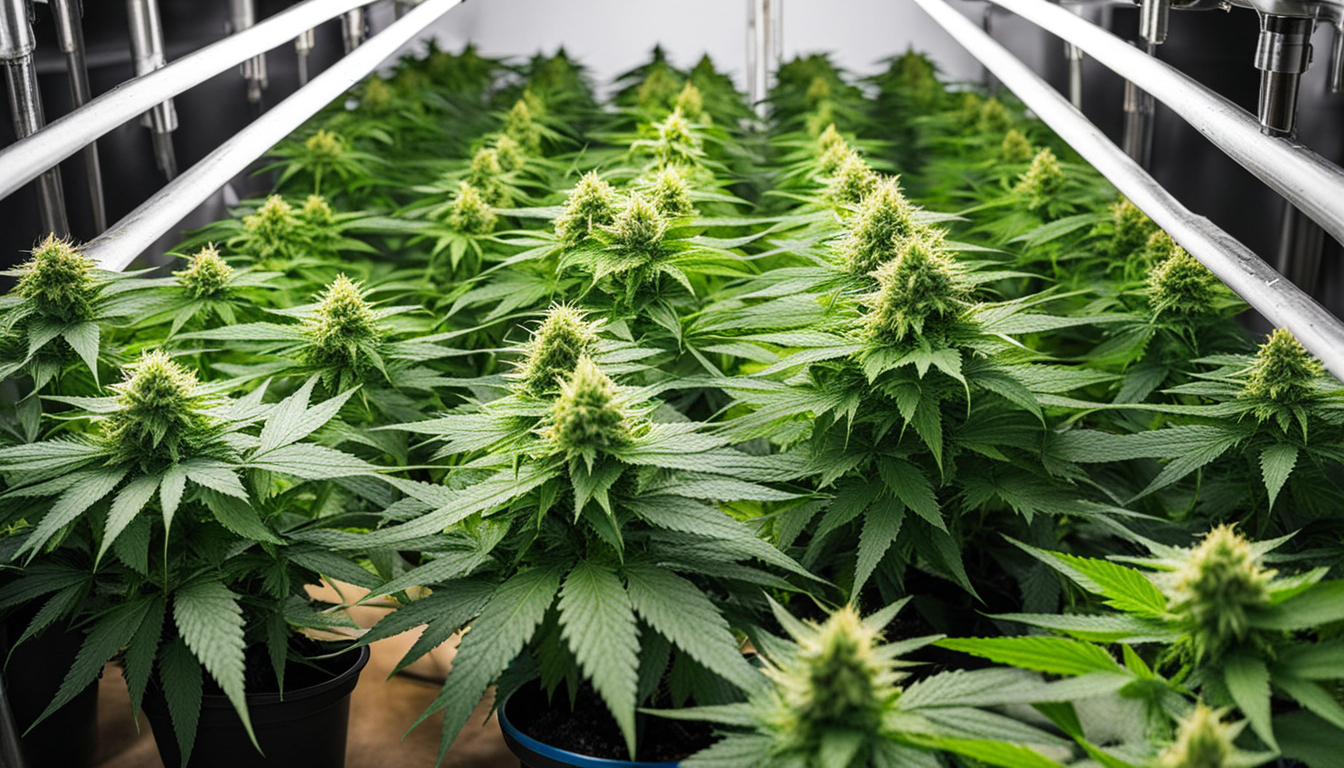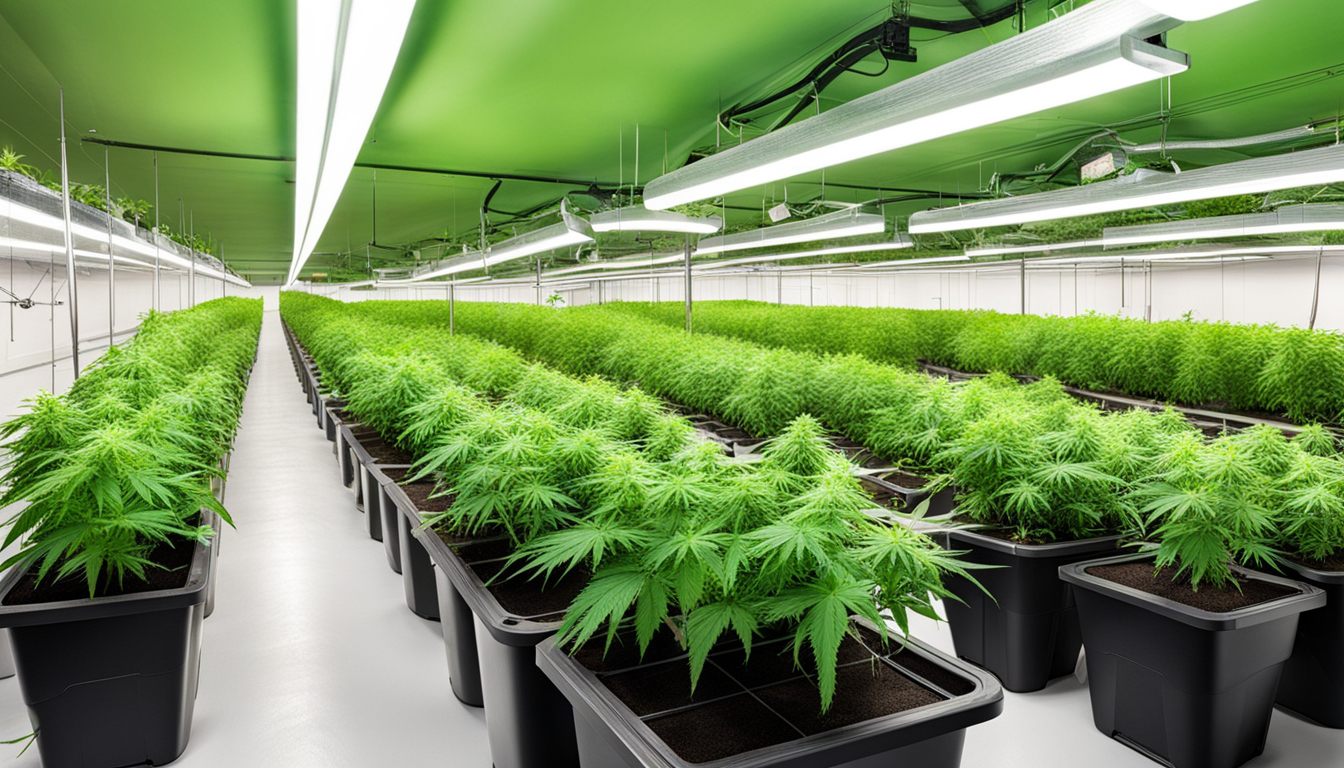
Whether you're beginning weed production or looking to improve your existing grow, following this complete guide will help you produce big, high-quality yields right at home. With the right gear, strategies, and attention, cultivating cannabis indoors can be an extremely satisfying and cost-effective endeavor.
Choosing Pot Varieties
The first step in planning your indoor grow is selecting the right pot strains to grow. The three main types of pot plants each have their own qualities.
Sativas
Known for their energizing intellectual effects, these strains spread tall and slender with narrow leaves. They thrive in warmer equatorial climates and have a longer blooming time between 2.5-3 months indoors. Top energizing varieties include Sour Diesel, Durban Poison, and Jack Herer.
Relaxing strains
Indicas provide relaxing full-body effects and spread short and bushy with wide leaves. Adapted to cooler mountain climates, they flower faster within 2-2.25 months. Popular indica strains include Granddaddy Purple, Northern Lights, and Bubba Kush.
Mixed strains
Mixed varieties blend traits from both sativas and indicas. They offer blended effects and have medium blooming periods around 2.25-2.5 months. Popular mixes are OG Kush, Girl Scout Cookies, and Blue Dream.

Setting Up Your Grow Space
Cannabis plants need the right controlled environment to flourish. Key factors for indoor farms are lights, airflow, layout, and finding the ideal discreet spot.
Location
Choose an empty space with quick access to water and electrical outlets. An empty spare room, large closet, basement corner, or grow tent securely placed in a garage all make great discreet cultivation room spots.
Lighting
Weed requires strong light for all growth stages. LED grow lights are energy-efficient and come in full spectrum options mimicking natural outdoor light. Provide 15-25 watts per square foot for the vegetative stage and 20-40 watts per square foot for flowering.
Ventilation
Proper ventilation and exhaust systems keep ideal temp, humidity, and fresh CO2 levels. Install low-noise 10-15 cm blowers or carbon filters to refresh old air and reduce odors.
Layout
Maximize your space by positioning plants carefully under the lights and leaving room to reach and work around them. Set up distinct zones for vegetation, bloom, curing, and cloning.

Cultivation Mediums
Weed can be cultivated in different substrates, each with pros and cons. Pick a appropriate option for your specific setup and cultivation style.
Soil
The classic substrate, soil is cheap and simple for beginners. It provides excellent flavor but needs more watering and fertilizing to nourish plants. Enrich soil with perlite or coir to improve aeration.
Coconut coir
Made from coir, reusable coco coir retains water but still lets in air to the roots. It's cleaner and more predictable than soil. Use coir-specific nutrients to prevent calcium buildup.
Hydroponics
In water systems, plant roots grow right in nutrient irrigation solution. This allows quick growth but needs careful observation of water properties. DWC and drip systems are popular methods.
Germinating Seeds
Sprouting activates your marijuana seeds to begin growing radicles. This readies them for transplanting into their growing medium.
Towel Method
Place seeds between moist paper towel and keep them moist. Inspect after 2-7 days for emerging radicles indicating germination is complete.
Direct Planting
Insert seeds directly into wetted cultivation medium 1⁄4 inch deep. Gently water and wait 7-14 days until sprouts push through the top.
Cubic rockwool
Presoak cubic rockwool starters in pH-adjusted water. Insert seeds 1⁄4 inch Subscribe Now deep into the cubes. Keep cubes wet until sprouts emerge within 1-14 days.
Repotting Young plants
Once sprouted, pot seedlings need to be repotted to avoid crowding. Move them into proper sized containers.
Ready Containers
Load final containers with cultivation medium amended with slow-release Find Out More fertilizer. Let containers to absorb water for 8-12 hours before repotting.
Gently repotting
Gently separate young roots from sprouting medium using a spoon. Place into pre-soaked container at same depth as before and lightly water in.
Growth Stage
The growth stage encourages leafy growth and plant form through 3/4 to full day of continual light exposure. This stage usually lasts 1-2 months.
Using 18-24 Hours of Light
Use grow lights on a 24 hour schedule or outdoor light to trigger constant photosynthesis. Lamp output influences size and internodal spacing.
Nutrients
Use grow stage fertilizers higher in nitrogen. Make sure pH stays around 6.5 for proper fertilizer uptake. Fertilize 25-50% strength after 2 weeks and increase gradually.
Training Techniques
Topping, LST, and trellising direct shoot shapes for flat canopies. This increases yields.

Flowering Stage
The flowering stage develops buds as plants show their sex under a 12 hour cycle schedule. It lasts 8-12 weeks depending on variety.
Switching to 12/12
Change lamps to 12 hours on, 12 hours off or move outdoors for outdoor 12 hour cycle. This triggers plants to begin blooming.
Flushing
Flushing removes nutrient salts to improve taste. Fertilize lightly the first period then just use pH'd water the last 2 weeks.
Flushing
Continue 12/12 light timing but flush using neutral pH water only. Return to clean watering if buds aren't mature after two weeks.
Reaping
Knowing when weed is fully ripe delivers peak cannabinoid content and aroma. Harvest plants at optimal ripeness.
Identifying Ripeness
Look for swollen calyxes, faded pistils, and 5-15% amber trichomes. Check buds around the plant as they don't all ripen evenly.
Cutting Plants
Use clean, sharp trimming scissors to gently cut each plant at the base. Leave 5-10cm of stem attached.
Drying
Suspend intact plants or branches upside down in a dark room with moderate temperature and humidity around 45-65% for 1-2 weeks.
Curing
Curing keeps desiccating while aging the buds like fine wine. This technique smooths harshness and intensifies terpene and terpene profiles.
Curing containers
Manicure dried buds from stems and store into sealed containers, filling about 3⁄4 full. Use a sensor to monitor jar moisture.
Burping Daily
Open containers for a few hours each day to gradually reduce humidity. Remoisten buds if RH drops below 55%.
Long term storage
After 2-3 weeks when humidity levels off around 55-65%, do a last trim and keep forever in sealed jars.
Common Problems and Solutions
Even seasoned cultivators run into various cannabis plant problems. Detect problems soon and fix them correctly to maintain a vibrant garden.
Poor feeding
Yellowing leaves often indicate inadequate nitrogen. Anthocyanins and leaves show phosphorus deficiency. Test pH and increase nutrients slowly.
Bugs
Spider mites, fungus gnats, mites, Subscribe Now and nematodes are common marijuana pests. Use neem oil sprays, predator bugs, and sticky traps for organic control.
Mold
Excessive humidity promotes powdery mildew and root rot. Improve circulation and circulation while reducing humidity below 50% during bloom.

Conclusion
With this complete indoor pot cultivation guide, you now have the info to cultivate bountiful potent buds for private harvests. Apply these steps and methods during the seed starting, growth, and bloom stages. Invest in good gear and closely monitor your plants. In time, you'll be rewarded with sticky fragrant buds you raised yourself under the loving care of your green hands. Good luck cultivating!